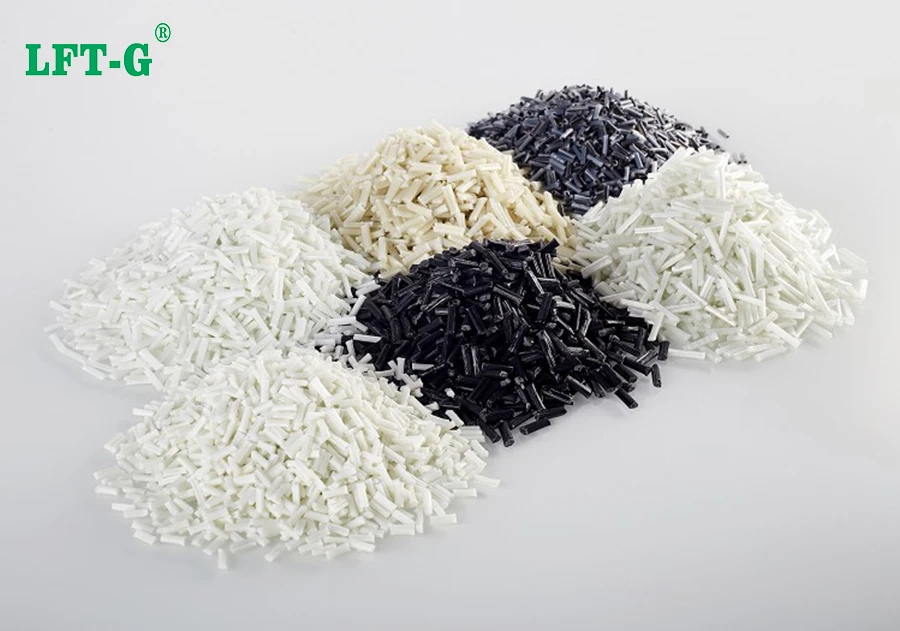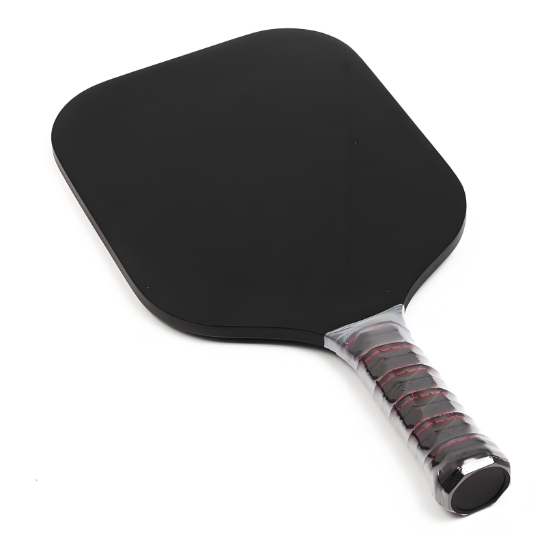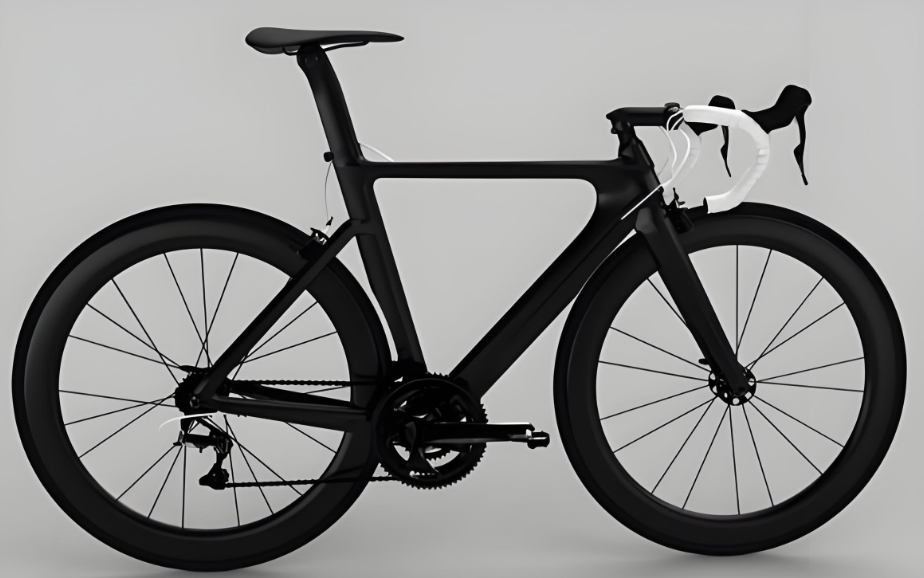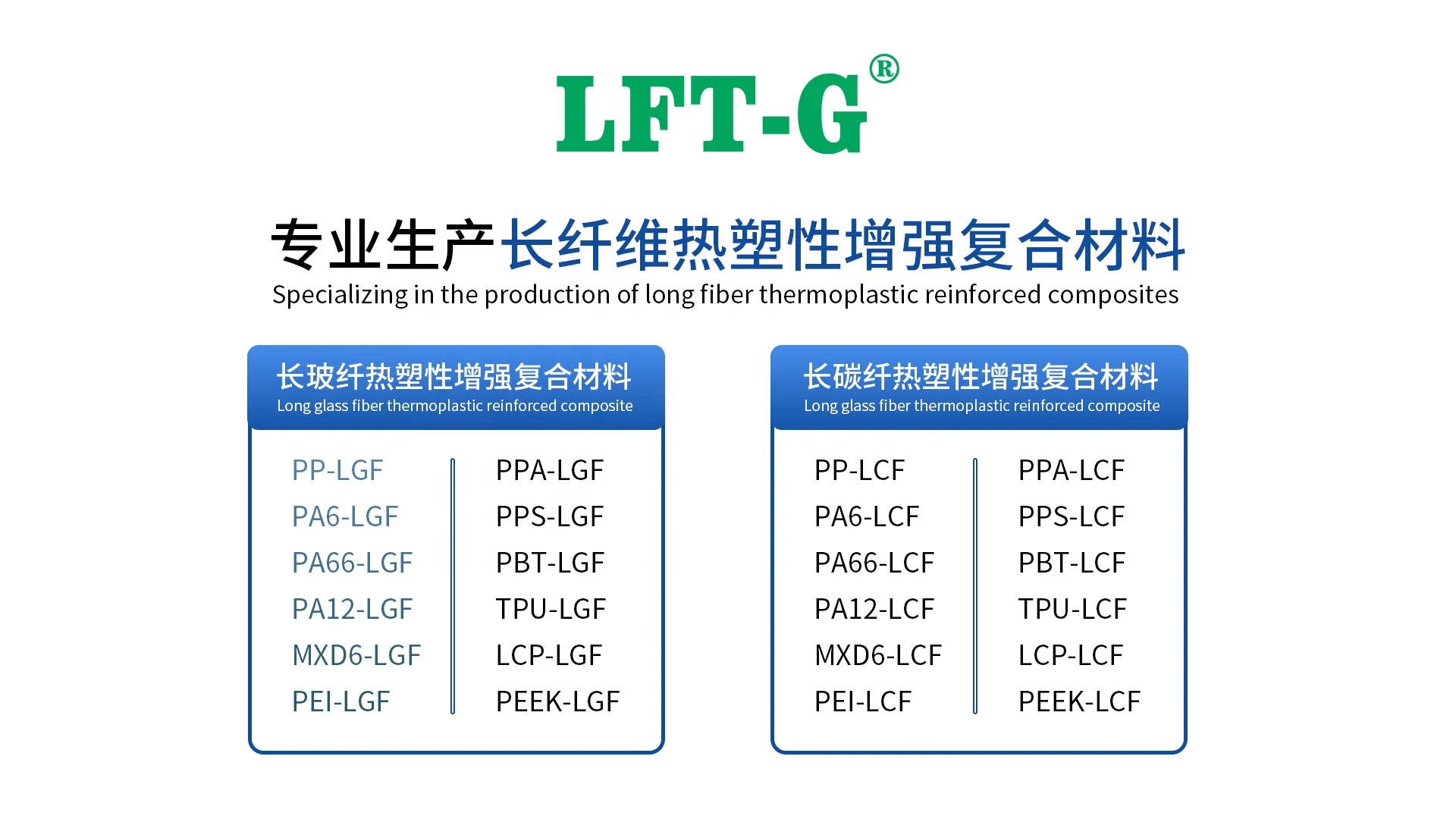nouveau blog

1. Présentation
La taille du marché et la variété des équipements sportifs continuent de croître, offrant ainsi plus de choix pour la santé et la vie récréative des gens. Dans le même temps, la recherche et l'application des matériaux composites ont également réalisé des progrès remarquables, apportant innovation et percées dans tous les domaines.
À l'intersection de ces deux domaines, l'exploration de la demande et de la tendance des matériaux composites pour les équipements sportifs devient un sujet de recherche important.
Alors que l'enthousiasme des gens pour le sport et le fitness continue de croître, la demande d'équipements sportifs montre une tendance diversifiée et personnalisée. Des équipements d'entraînement aérobique traditionnels aux équipements de fitness intelligents de haute technologie, une grande variété de produits ont émergé sur le marché.
Cependant, avec l'évolution et l'innovation continues des équipements sportifs, les exigences en matière de performances matérielles augmentent également.
Dans le même temps, la recherche et l’application des matériaux composites ont fait de grands progrès. Les matériaux composites sont largement concernés par leurs excellentes propriétés, leurs diverses fonctions et leurs vastes domaines d'application. Des matériaux composites à haute résistance aux nanomatériaux légers, des élastomères flexibles aux matériaux anticorrosion résistants à l'usure, les nouveaux matériaux chimiques ont apporté des innovations et des percées révolutionnaires dans tous les domaines.
Dans cet article, le potentiel et les perspectives d'application des matériaux composites pour répondre aux exigences de légèreté, de haute résistance, de résistance à l'usure et de durabilité des équipements sportifs sont discutés en profondeur, afin de fournir à l'industrie une compréhension globale de la demande. et tendance des matériaux composites pour les équipements sportifs, et fournissent des références utiles pour la recherche et le développement futurs.

2. Analyse de la demande d'équipements sportifs en matériaux composites
2.1 Demande de matériaux légers et à haute résistance pour les équipements sportifs
Le poids des équipements sportifs est crucial pour le transport et la manipulation des athlètes.
Un équipement plus léger peut réduire le fardeau des athlètes et améliorer leur mobilité et leur flexibilité, ce qui se traduit par de meilleures performances en compétition.
Pour de longues périodes d'entraînement sportif et de compétition, un équipement plus léger peut réduire la fatigue et augmenter le confort, améliorant ainsi l'endurance des athlètes.
De plus, étant donné que les équipements sportifs peuvent résister à des forces et à des chocs plus importants lorsqu'ils sont soumis à des activités sportives, il existe une forte demande pour des matériaux à haute résistance et durabilité.
Les matériaux à haute résistance peuvent résister à des charges et des contraintes plus importantes, réduisant ainsi le risque de déformation et de rupture de l'équipement, améliorant ainsi la fiabilité et la durée de vie de l'équipement.
2.1.1 Cas d'application
Un composite haute performance est un matériau léger constitué d'une combinaison de deux ou plusieurs types de matériaux différents. Les composites courants comprennent le polymère renforcé de fibres de carbone (CFRP) et le polymère renforcé de fibres de verre (GFRP).
Ces matériaux ont une excellente résistance et rigidité, tout en étant légers, et sont largement utilisés dans la fabrication d'équipements sportifs de haute performance tels que des clubs de golf, des cadres de vélos et des snowboards.
Les raquettes de tennis, les raquettes de badminton et les raquettes de tennis de table fabriquées à partir de matériaux composites époxy renforcés de fibres de carbone sont légères et peu rigides, ce qui peut réduire l'écart du temps de contact entre la balle et la balle. raquette. Dans le même temps, un bon amortissement contribue à prolonger le temps de contact entre le joueur et la balle, afin que la balle qui frappe puisse obtenir une plus grande accélération.
Des études pertinentes montrent que le temps de contact entre la raquette de tennis et la balle en matériau composite époxy renforcé de fibres de carbone atteint 4,9 ms, soit près de 1 ms de plus que celui de la raquette en acier, de sorte que la vitesse initiale maximale de la balle de tennis peut atteindre 161 km/h, soit près de 16 km/h de plus que celle de la raquette en acier. De cette façon, les joueurs de tennis peuvent obtenir d’excellents résultats sportifs. De plus, l'application de matériaux composites améliore considérablement la durée de vie et la durabilité de la raquette.
2.2 Demande de matériaux résistants à l'usure et durables pour les équipements sportifs
Les équipements sportifs entrent souvent en contact avec des surfaces telles que le sol, les courts et les routes pendant leur utilisation, de sorte que la demande de matériaux résistants à l'usure est élevée.
Les matériaux résistants à l'usure peuvent résister efficacement au frottement et à l'usure, prolonger la durée de vie de l'équipement et maintenir la stabilité de son apparence et de ses performances.
De plus, les équipements sportifs sont soumis à des chocs, contraintes et déformations fréquents lors des entraînements et des compétitions, de sorte que la demande de matériaux durables est élevée.
Les matériaux durables peuvent résister à des forces et des chocs importants, réduisant ainsi le risque de déformation, de casse et de casse de l'équipement, prolongeant ainsi la durée de vie de l'équipement et améliorant sa fiabilité.
2.2.1 Cas de candidature
Les polymères hautes performances offrant une excellente résistance à l'usure et une excellente durabilité sont largement utilisés dans la fabrication d'équipements sportifs.
Les matériaux en polyéthylène modifié sont largement utilisés dans les équipements de sports de balle et de glace aquatique, aidant à protéger la résistance aux chocs, la résistance à la chaleur et les propriétés d'absorption des chocs des équipements sportifs, tout en offrant une bonne expérience sportive pour garantir la sécurité et l'absence de blessures des athlètes. .
Les composites avancés combinent les avantages de différents matériaux avec une résistance à l'usure et une durabilité élevées. Par exemple, le matériau composite CNT-PDA-tissu en fibre de carbone/résine époxy a une excellente résistance à l'usure, peut conserver d'excellentes propriétés hydrophobes après friction et usure, même si la fibre de carbone se brise, l'effet d'amortissement du matériau en résine époxy peut empêcher la défaillance globale de le matériel ; La présence de fibre de carbone peut également empêcher la fissure de la résine époxy de continuer à s'étendre, ce qui constitue un avantage rare dans la fabrication d'équipements sportifs.

3. Analyse des tendances des équipements sportifs sur matériaux composites
3.1 Impact de l'innovation en matière d'équipements sportifs et du développement technologique
L'innovation technologique des équipements sportifs a joué un rôle dans la promotion et l'orientation de la demande de nouveaux matériaux.
Avec l'amélioration continue du fonctionnement des équipements sportifs et l'évolution des besoins des utilisateurs, les exigences en matière de propriétés des matériaux augmentent également.
Le développement et l'application de nouveaux matériaux peuvent répondre aux besoins d'une nouvelle génération d'équipements sportifs, en obtenant des performances plus élevées, une meilleure sécurité et une meilleure expérience utilisateur.
En même temps, le matériau composite en résine époxy en fibre de carbone, lors de l'utilisation du processus, ne se volatilisera pas et ne libérera pas de substances toxiques et nocives, et la récupération des matériaux est pratique, peut être recyclé à nouveau, traitement et utilisation, matières premières et production et les coûts de traitement ne sont pas élevés et les avantages économiques sont évidents.
3.2 Perspectives d'application des matériaux composites dans le domaine des équipements sportifs
3.2.1 Influence du développement et de l'application des matériaux composites sur les équipements sportifs
Le développement et l'application de matériaux composites ont eu un impact révolutionnaire sur les équipements sportifs.
Grâce à l'introduction de la science des matériaux et de la technologie d'ingénierie avancées, les équipements sportifs ont réalisé des avancées significatives en termes de légèreté, d'amélioration de la résistance, de résistance aux chocs, de résistance à l'usure et de résistance aux températures élevées.
L'application de nouveaux matériaux légers rend les équipements sportifs plus légers et plus flexibles, tout en offrant une excellente résistance et rigidité.
De nouveaux matériaux tels que les matériaux composites en fibre de carbone et les polymères à haute résistance sont largement utilisés dans la fabrication de vélos, de clubs de golf, de snowboards et d'autres équipements, améliorant considérablement les performances et la maniabilité des équipements sportifs.
En garantissant le fonctionnement des équipements sportifs, la réduction de la qualité des matériaux contribue à réduire la consommation d'énergie physique des athlètes, à réduire la résistance environnementale et à améliorer encore les performances des athlètes. Par exemple, chaque réduction de 1 kg de la masse du vélo utilisé lors d'une course cycliste sur route de 20 km peut améliorer ses performances finales de 20 à 30 secondes.
Le développement de matériaux résistants aux chocs a considérablement amélioré la sécurité des équipements sportifs. Les sports tels que le ski, le surf et le football s'accompagnent souvent de forces d'impact de haute intensité, et de nouveaux matériaux résistants aux chocs, tels que les matériaux polymères, peuvent absorber et disperser efficacement les forces d'impact, ce qui peut protéger les athlètes des blessures.
De plus, l'application de matériaux résistants à la chaleur permet à certains équipements sportifs d'être utilisés dans des conditions extrêmes, comme les sports automobiles dans des environnements à haute température. Dans le même temps, le développement de matériaux imperméables a amélioré les performances des équipements de sports nautiques et l'application de matériaux résistants à l'usure a prolongé la durée de vie de l'équipement.
Par conséquent, le développement et l'application de matériaux composites pour les équipements sportifs ont apporté des avancées en matière de légèreté, d'amélioration de la résistance, de résistance aux chocs, de résistance à l'usure, de résistance aux températures élevées et d'autres, d'améliorer les performances et la sécurité des équipements sportifs, d'offrir aux athlètes une meilleure expérience et des opportunités de performance, et promouvoir le développement et le progrès dans le domaine du sport.

3.2.2 Domaines d'application potentiels et opportunités des matériaux composites dans la fabrication d'équipements sportifs
Les matériaux composites ont de larges perspectives d'application dans le domaine des équipements sportifs.
Grâce au développement et à l'application de matériaux composites, les performances, la sécurité et les performances environnementales des équipements sportifs peuvent être améliorées.
Dans la fabrication d'équipements sportifs, les matériaux composites peuvent être utilisés dans les domaines des matériaux légers, des matériaux flexibles, des matériaux à haute résistance et des matériaux respectueux de l'environnement pour répondre aux besoins des utilisateurs en matière de confort, de durabilité, de sécurité et de performance environnementale.
Ces domaines d'application et opportunités stimuleront l'innovation et le développement continus de matériaux composites dans le domaine des équipements sportifs, dont certains sont analysés ici.
Les matériaux légers revêtent une grande importance dans la fabrication d'équipements sportifs. Le développement des matériaux composites permet de fournir des matériaux plus légers et plus résistants pour réduire le poids de l'équipement et améliorer la portabilité et le confort d'utilisation. Des matériaux à haute flexibilité et élasticité sont également disponibles pour répondre aux besoins de confort et de flexibilité de l'utilisateur.
Les matériaux à haute résistance sont essentiels dans la fabrication d'équipements sportifs, car ils augmentent la durabilité et la sécurité de l'équipement.
La recherche et le développement de matériaux composites peuvent fournir des matériaux à haute résistance et haute ténacité pour répondre aux exigences de performance de la fabrication d'équipements anti-usure, anti-impact et autres équipements sportifs.
L'application de matériaux respectueux de l'environnement répond aux exigences de la société en matière de développement durable et de protection de l'environnement. La recherche et le développement de matériaux composites peuvent fournir des matériaux dégradables, des matériaux recyclables, des matériaux peu toxiques, etc., pour réduire l'impact des équipements sportifs sur l'environnement et répondre aux objectifs de développement durable.
